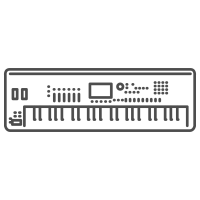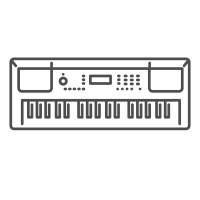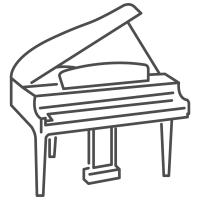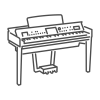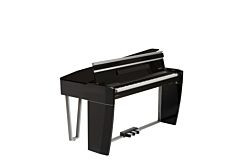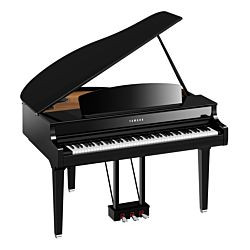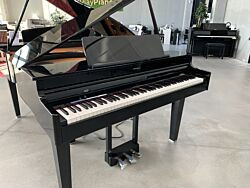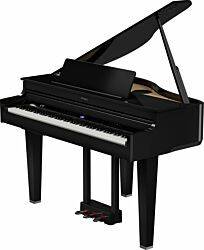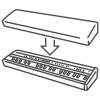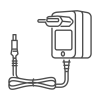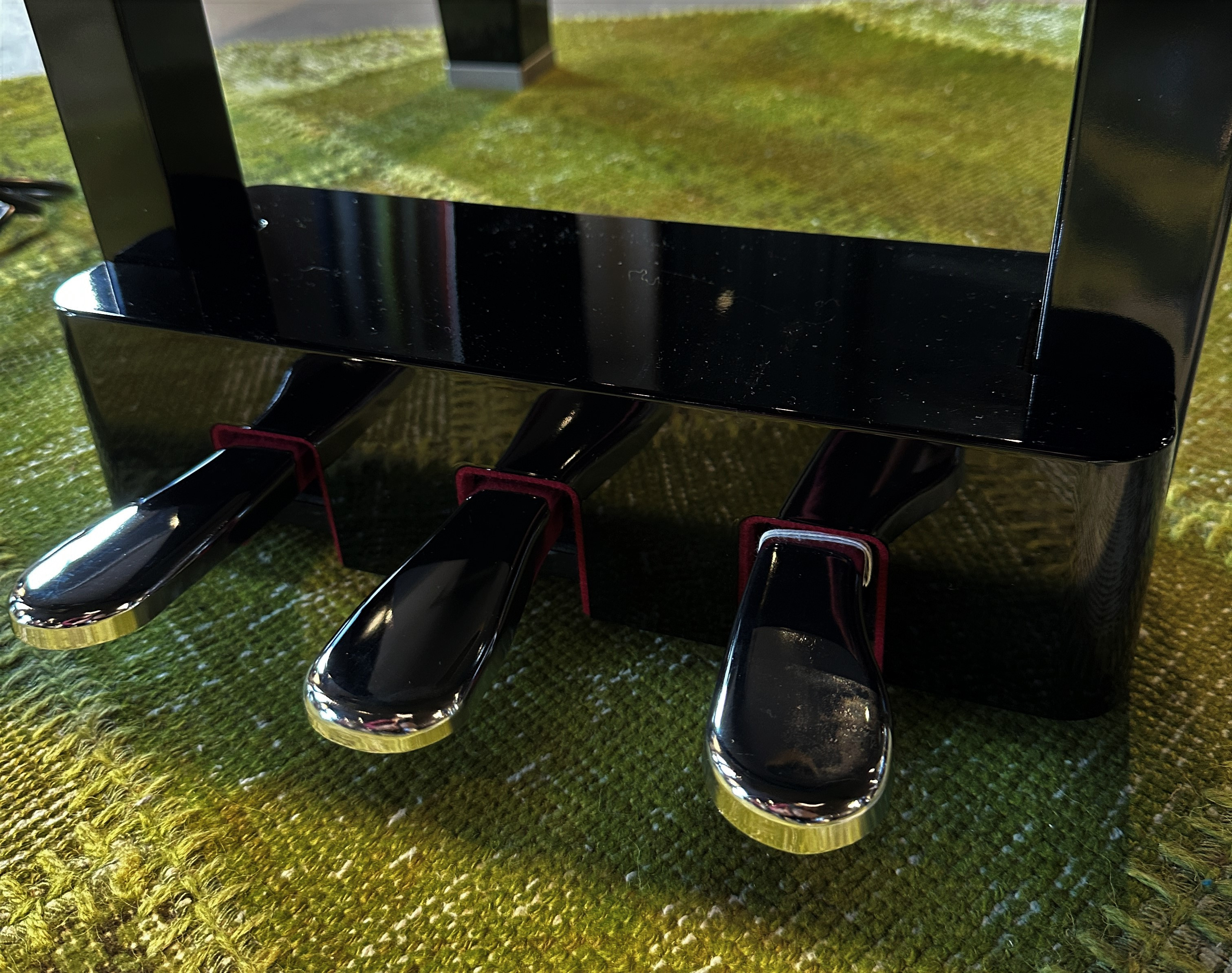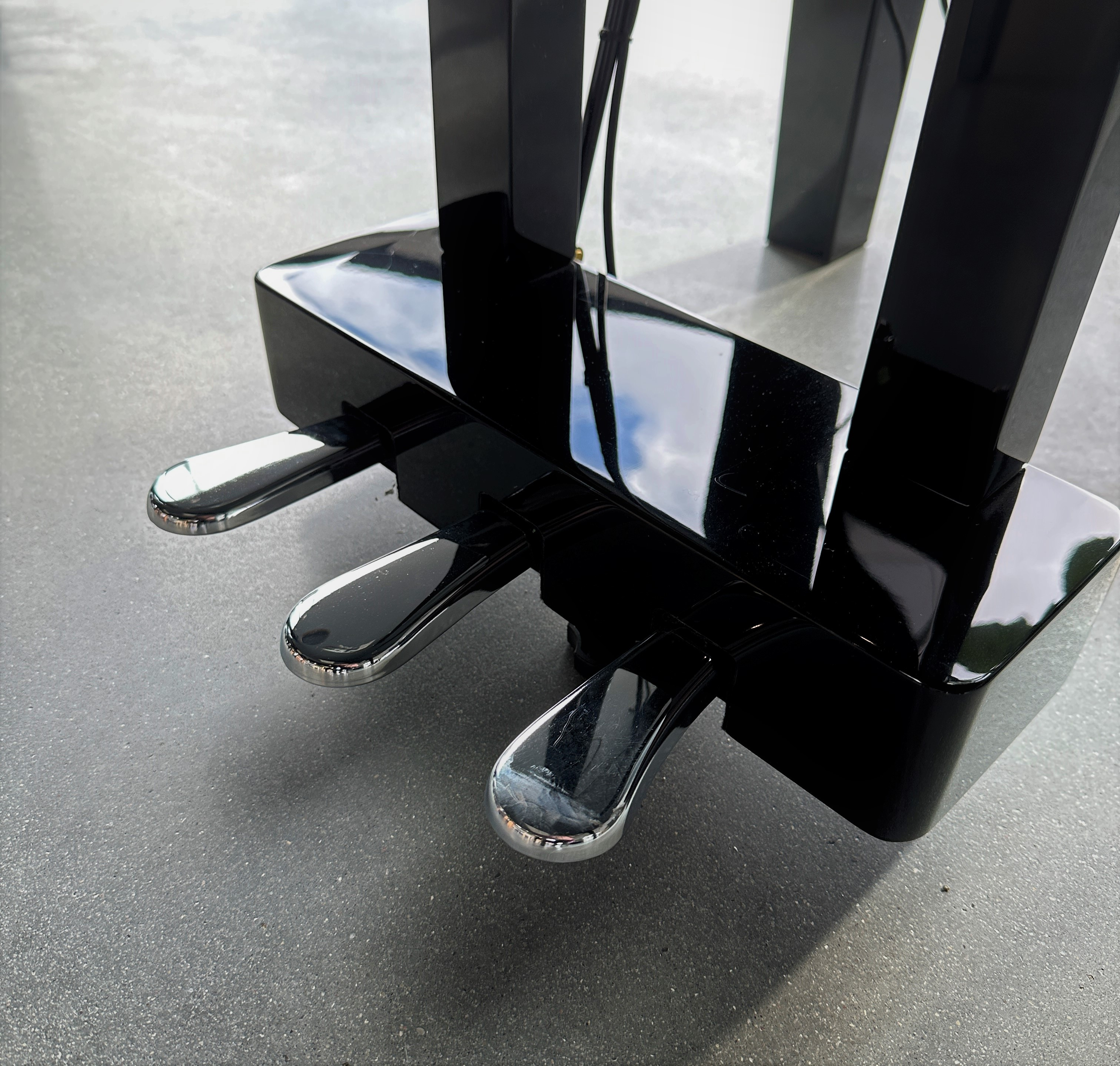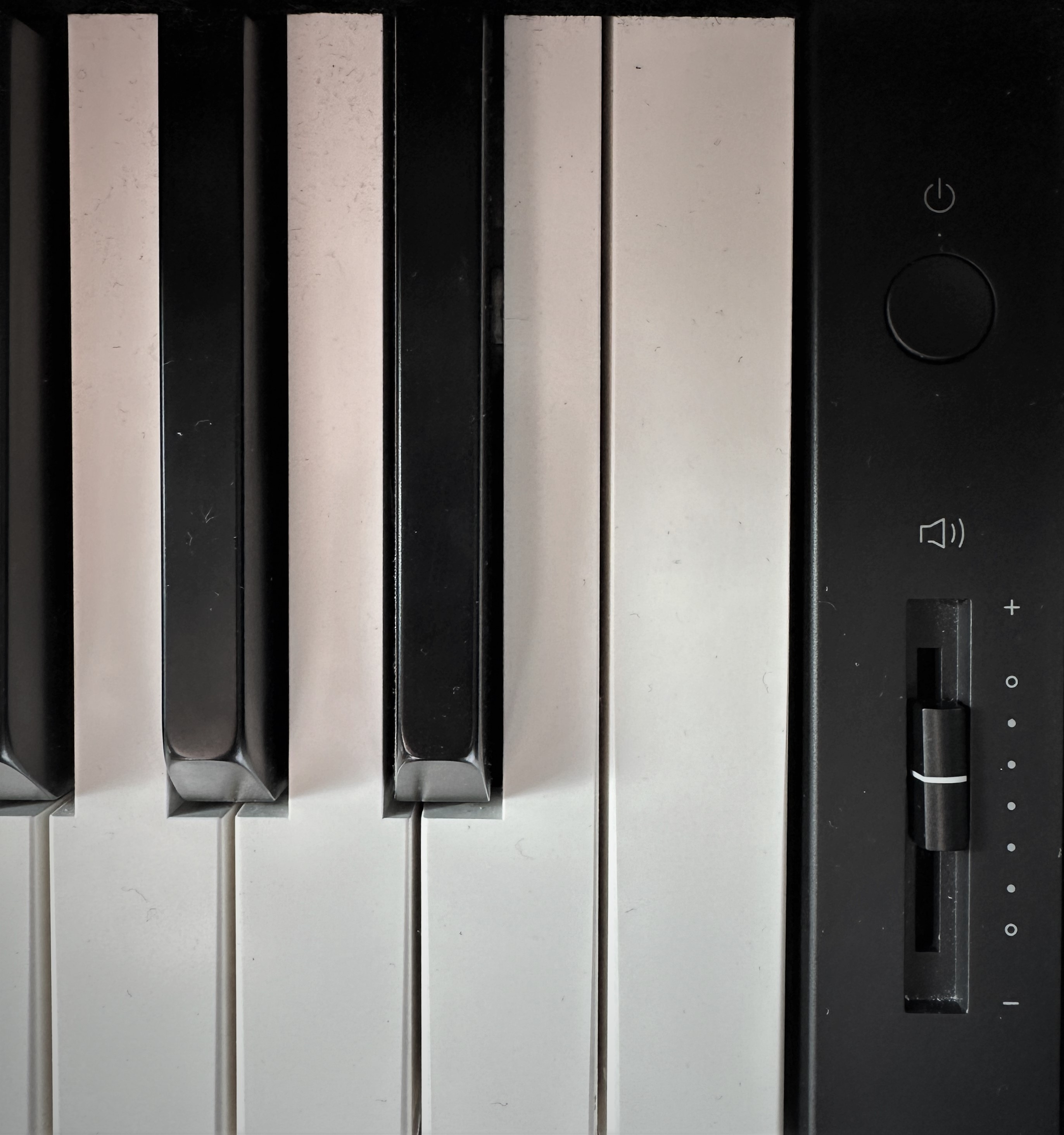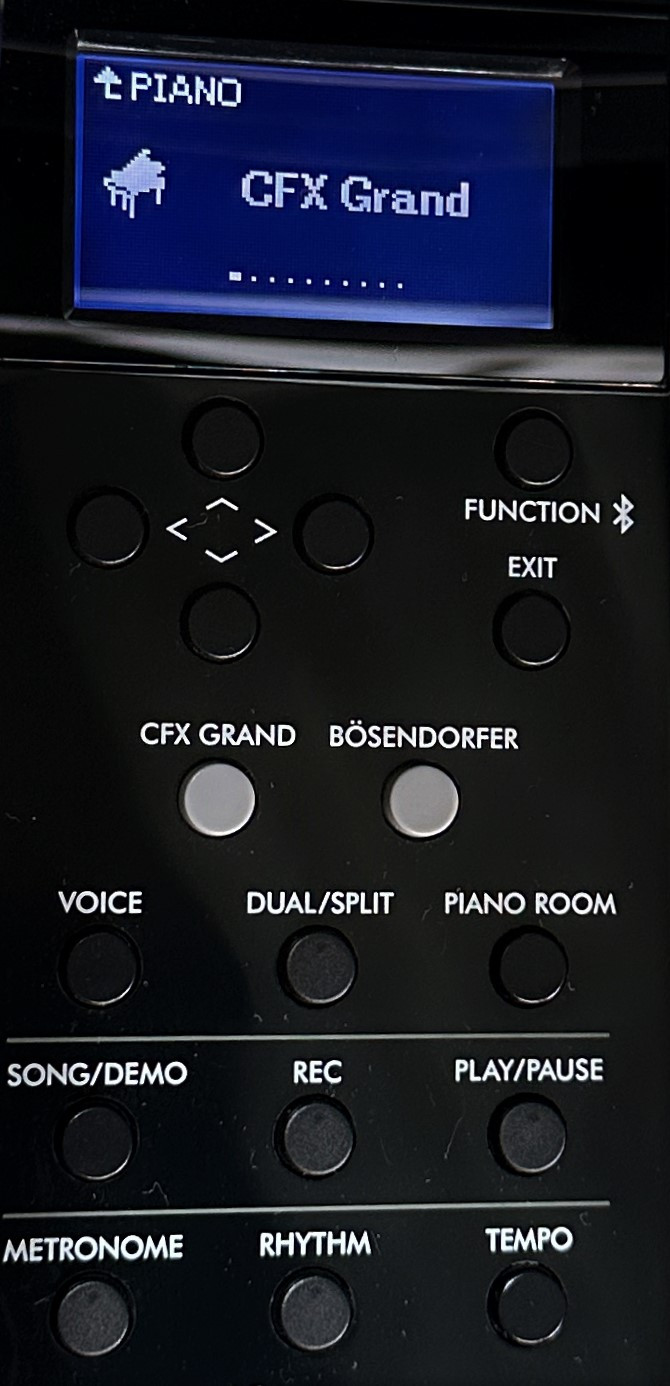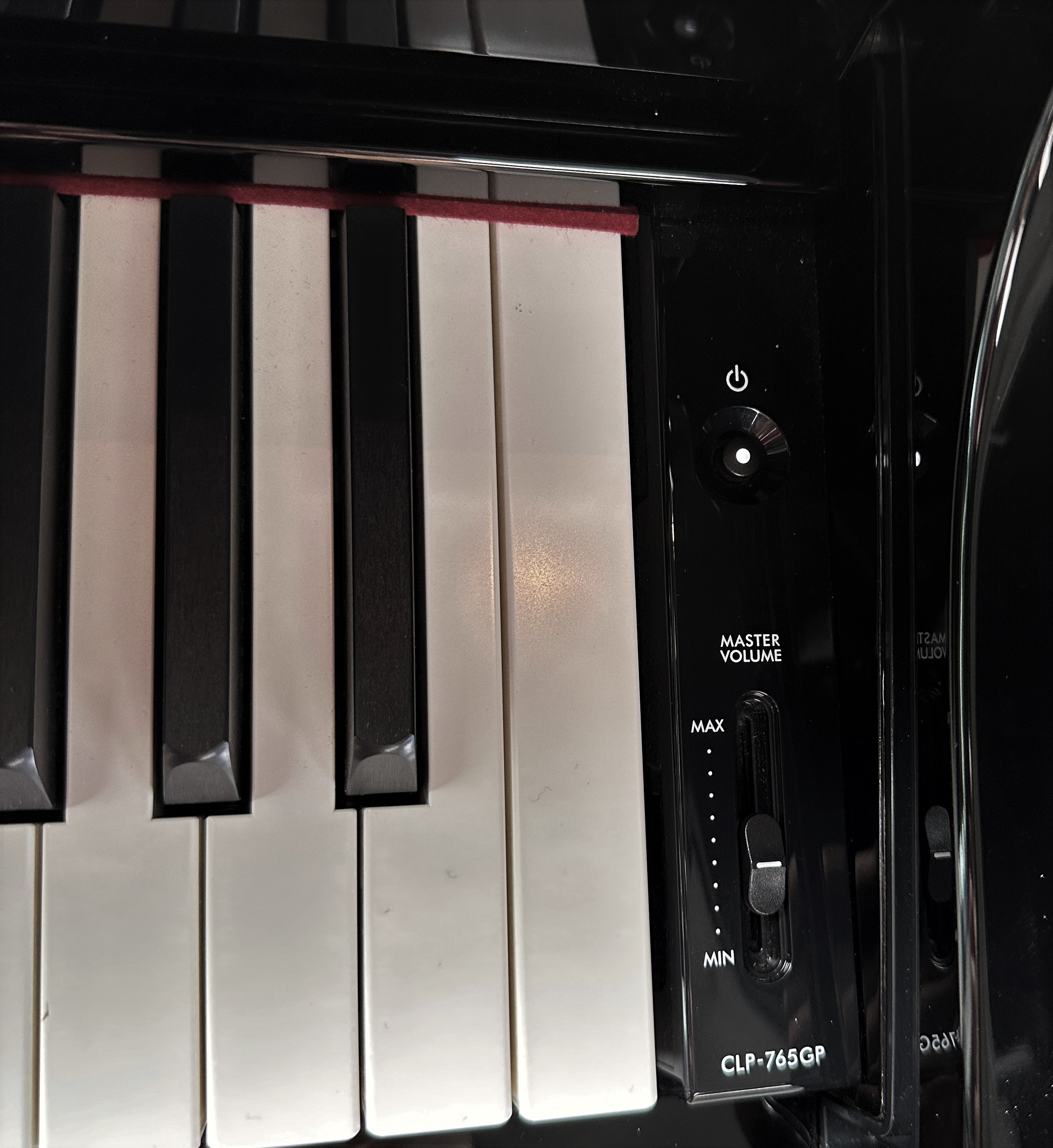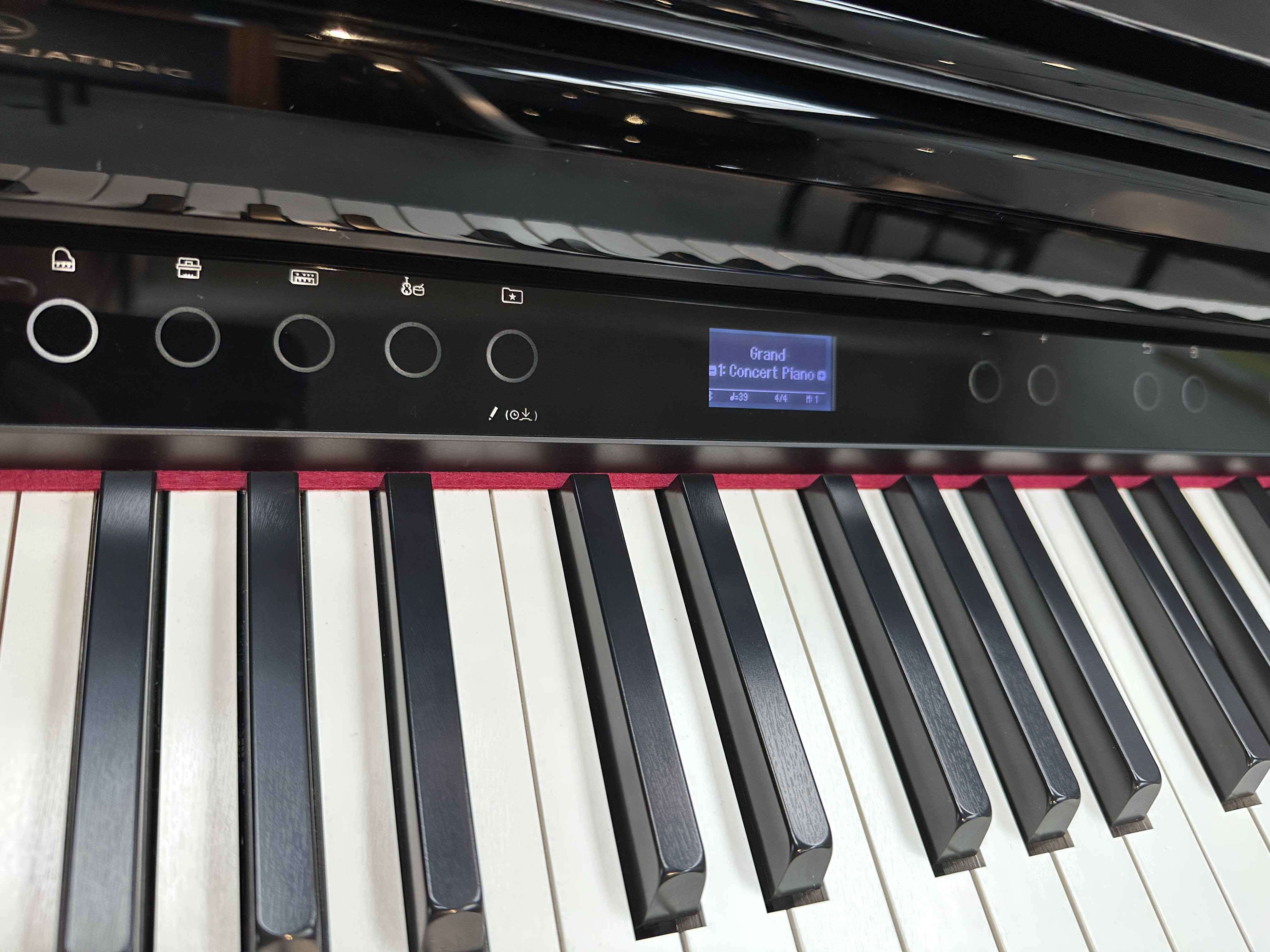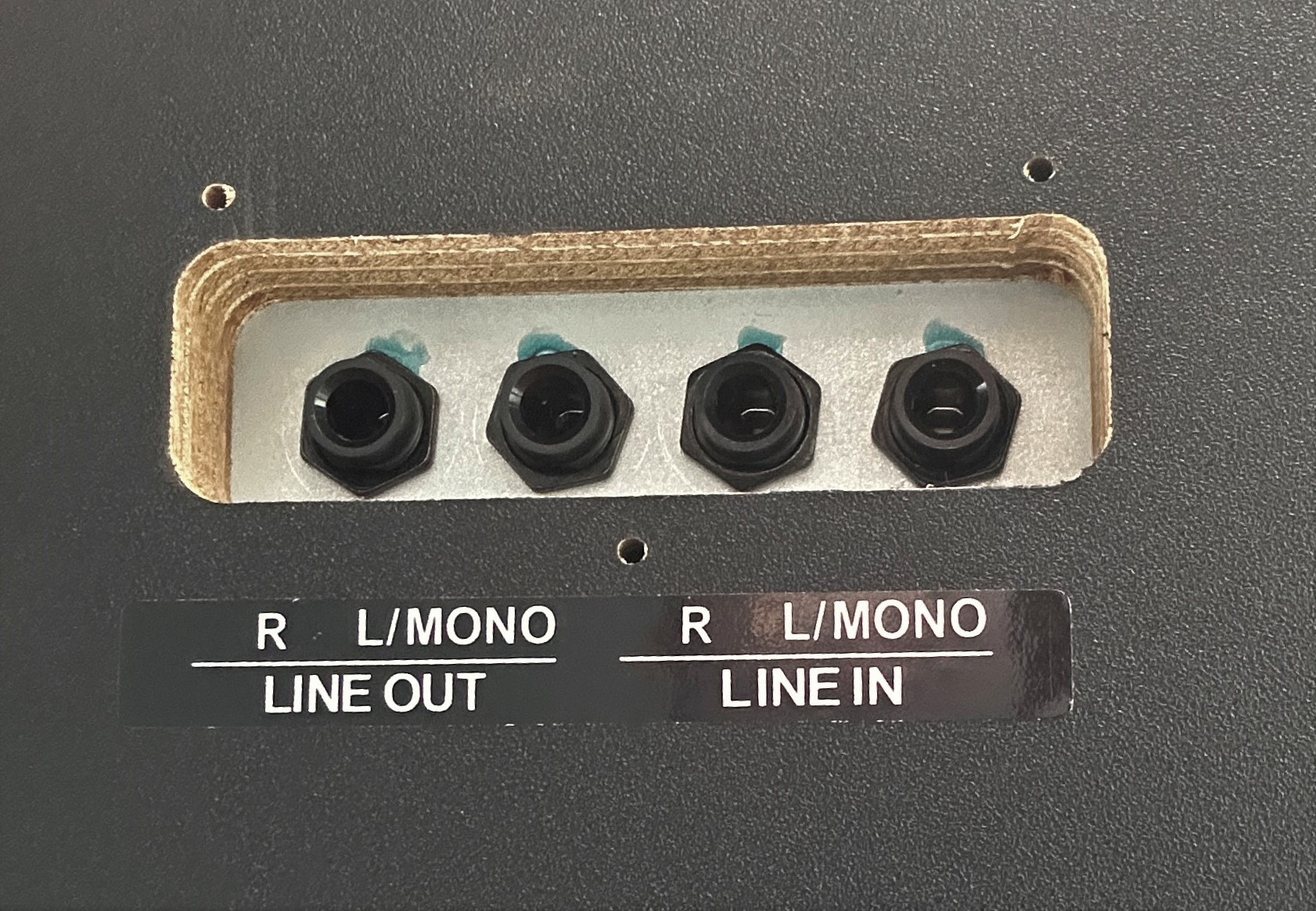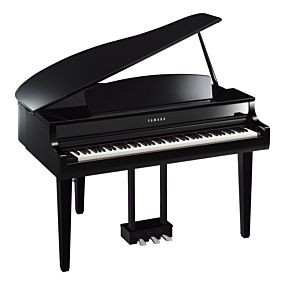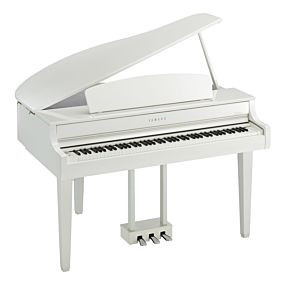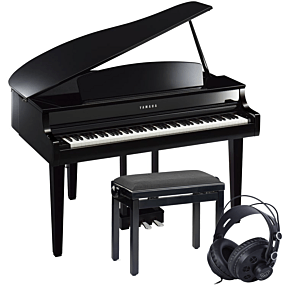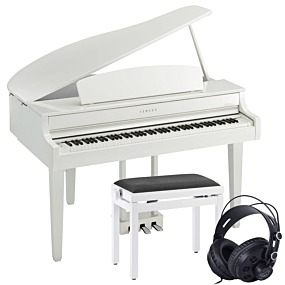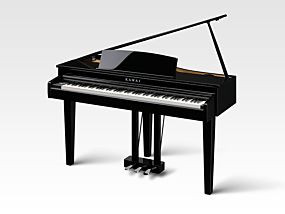We compare CLP-765 GP, DG-30 & GP-6
The Kawai DG-30, Roland GP-6, and Yamaha CLP-765 GP are three popular digital pianos that offer high-quality sound and authentic playing experiences. These pianos use advanced technologies such as Harmonic Imaging XL, SuperNATURAL Piano Modeling, and Virtual Resonance Modeling to produce authentic and expressive piano sounds. All 3 model provide an authentic piano-playing experience.
Down below you can find a overview of the main features of the three digital grands.
|
|
Kawai DG-30 |
Roland GP-6 |
Yamaha CLP-765 GP |
|
Keyboard |
With 88 weighted keys with 3-way sensor system, pressure point simulation and IvoryTouch Responsive Hammer III
|
88-key fully weighted keyboard with matte black keytops
|
88-key GrandTouch™ keyboard: wooden keys (white only), synthetic ebony and ivory key tops, escapement
|
|
Sounds |
355 Sounds (incl. 9 drum kits)
|
Total 324 Tones |
21 voice demo songs + 50 classics + 303 lesson songs |
|
polyphony |
Max. 256-fold polyphony
|
Piano: Limitless (solo playing using 'Piano' category tones) |
256 |
|
Speakers |
Loudspeaker 20 W x 2
|
Spatial Speakers: 25 W x 2 Near-field Speakers: |
(50 W + 42 W) x 2 |
|
Bluetooth |
Bluetooth MIDI and audio |
Bluetooth Ver 4.2 |
Audio/MIDI (varies by country) |
|
Dimensions |
Dimensions (W x D x H, lid open): 1475 x 870 x 1365 mm
|
Dimensions (W x D x H, lid open): 1,526 mm |
Dimensions (W x D x H): 1,430 mm x 932 mm x 1,147 mm |
|
Weight |
80 kg
|
91.0 kg |
126 kg |
|
Check the current prices |
Sounds
The Kawai DG-30, Roland GP-6, and Yamaha CLP-765 GP are three popular digital pianos that offer high-quality sound and authentic playing experiences. These pianos use advanced technologies such as Harmonic Imaging XL, SuperNATURAL Piano Modeling, and Virtual Resonance Modeling to produce authentic and expressive piano sounds.
The Yamaha CLP-765 GP
This piano features multiple piano tones, including the Yamaha CFX and Bösendorfer Imperial grand pianos, as well as electric pianos, organs, strings, and more. Its Virtual Resonance Modeling (VRM) technology simulates the natural resonance of an acoustic piano for an authentic sound. The speaker are placed at the top of the piano, and they are a bit hidden. Because you can not directly see where the speakers are placed.
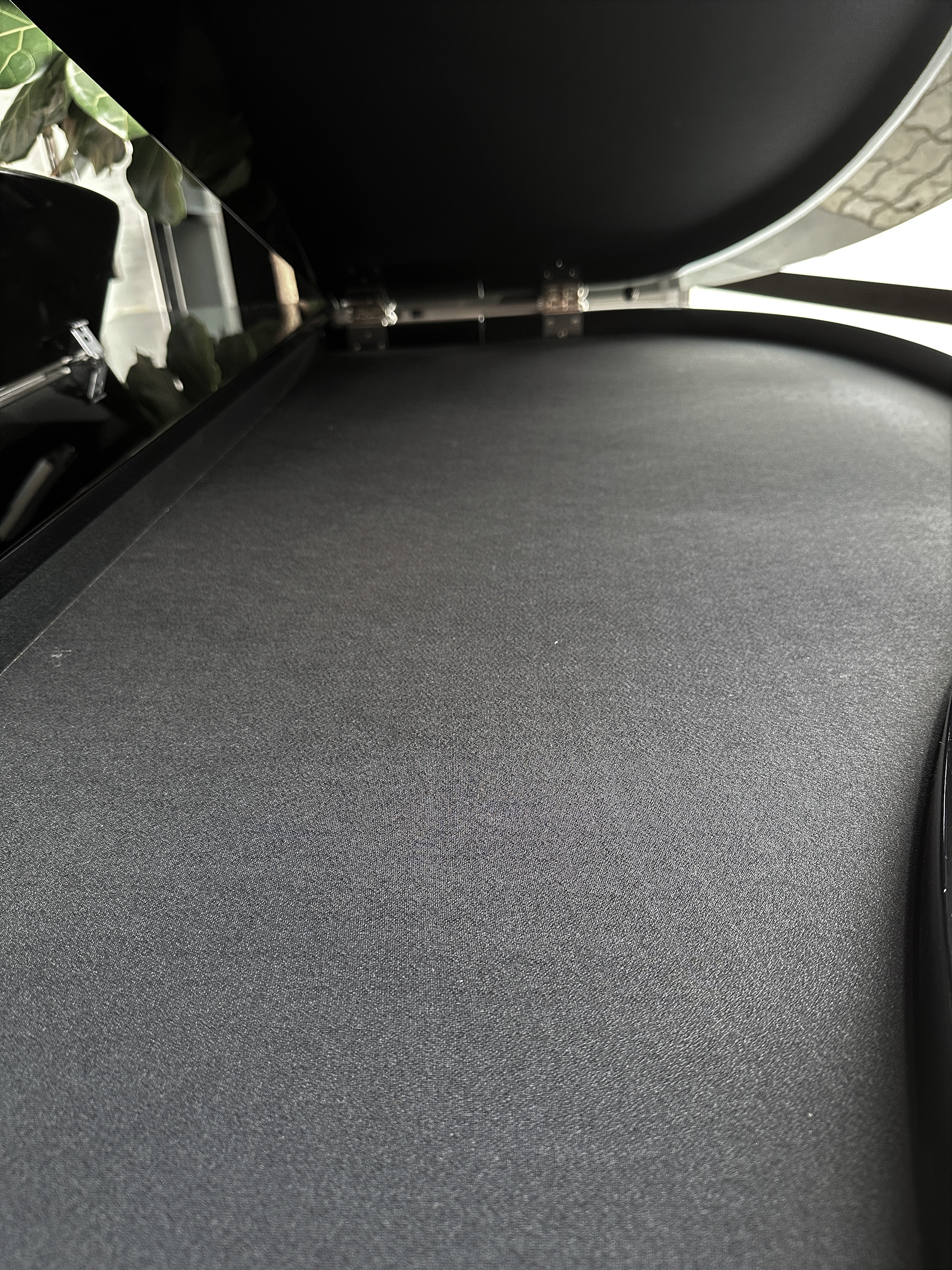
The Kawai DG-30
This piano also offers a variety of beautiful sounds, including the Shigeru Kawai SK-EX grand piano and the Kawai EX concert grand piano. Its Harmonic Imaging XL sound technology reproduces the harmonic content of each individual note for a rich and full-bodied sound. The speaker are placed at the top of the piano.
.jpg)
The Roland GP-6
This digital piano uses the Piano Reality Modeling Premium Sound Engine and projection sound system to recreate the sound of an acoustic piano with incredible accuracy and immersion.
When choosing between these pianos, consider your personal preferences for sound and effects, as well as the specific tone of the grand piano being simulated. No matter which model you choose, you can expect a high-quality playing experience. The speakers are placed at the bottom and the top of the piano.
Speaker at the bottom
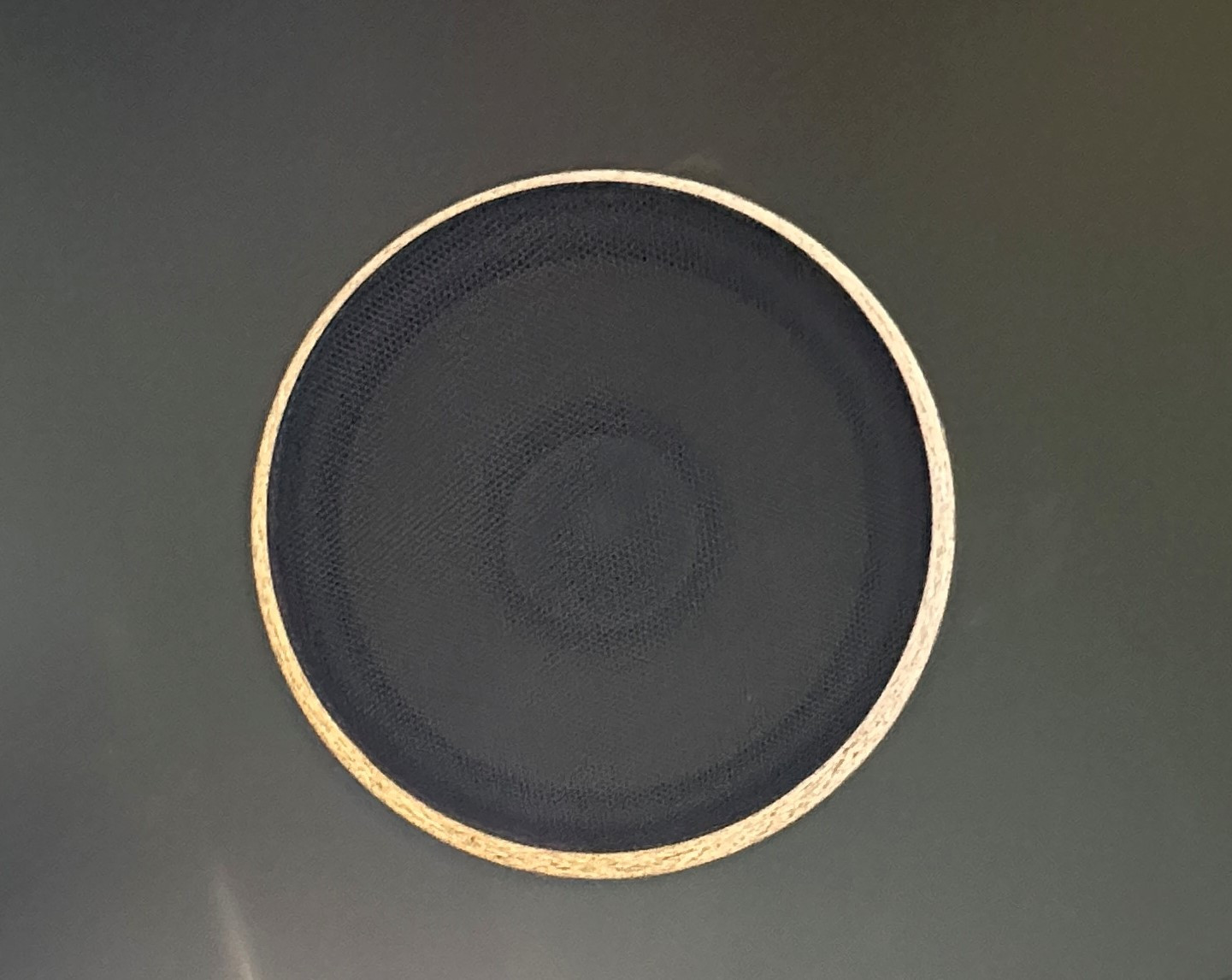
Speaker at the top
Keyboard:
In terms of the keyboard, the Kawai DG-30 uses the Responsive Hammer keyboard action, while the Yamaha CLP-765 GP has a natural wood X (NWX) keyboard action, and the Roland GP-6 has Progressive Hammer Action with Escapement. All three models have graded keys that mimic the feel of an acoustic piano, meaning that the keys at the lower end of the keyboard are heavier and the keys at the higher end of the keyboard are lighter.
The Kawai DG-30
- The Responsive Hammer keyboard action: This action is designed to replicate the feel of an acoustic piano.
- Weighted keys that respond to the player's touch.
- 88 full weighted keys
- Features high-quality piano samples, recorded from Kawai's own concert grand pianos.
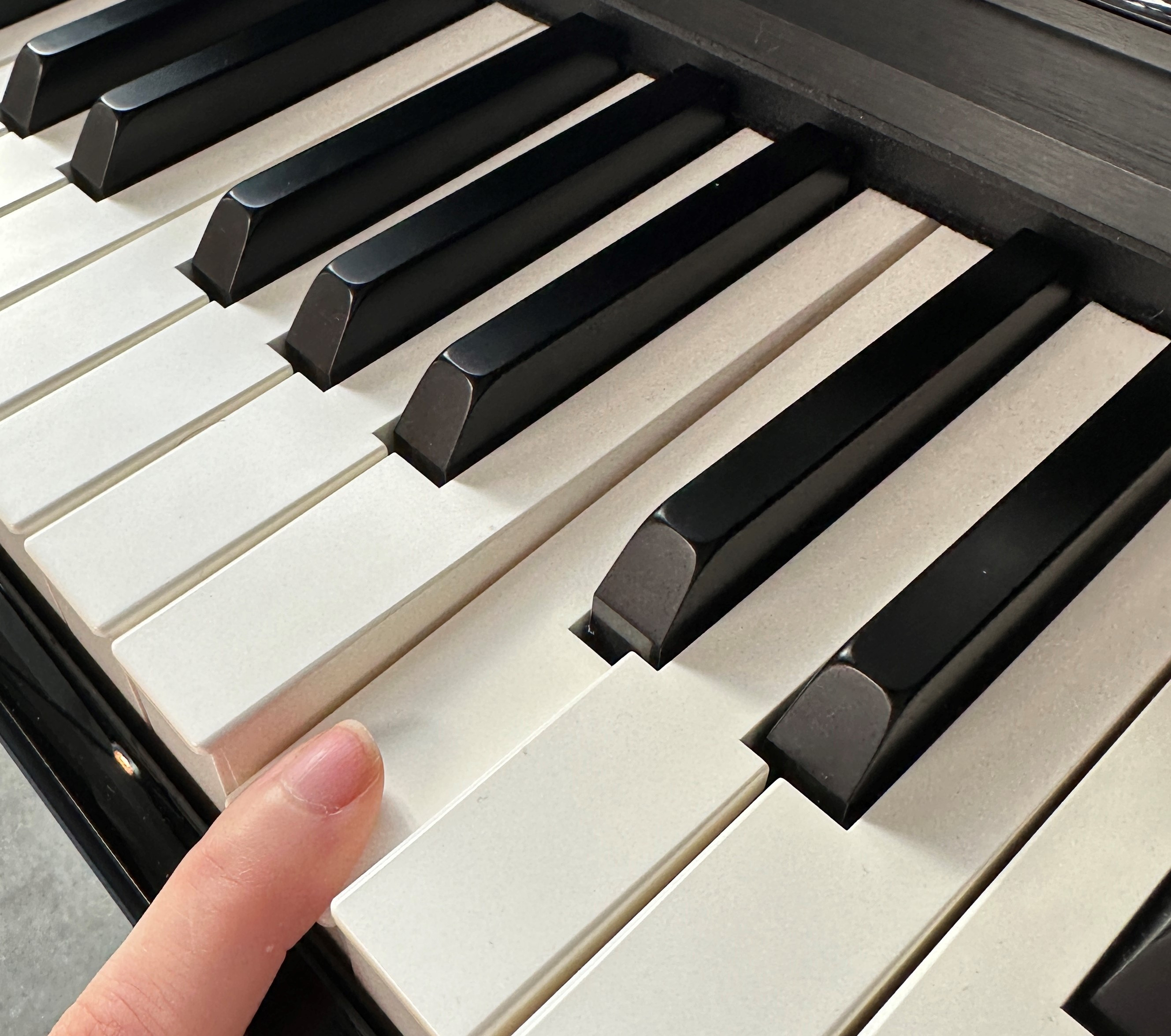
The Yamaha CLP-765 GP
- The natural wood X (NWX) keyboard action
- Synthetic ivory and ebony keytops
- 88 full weighted keys
- A Grand Feel Compact (GFC) keyboard action with wooden keys.
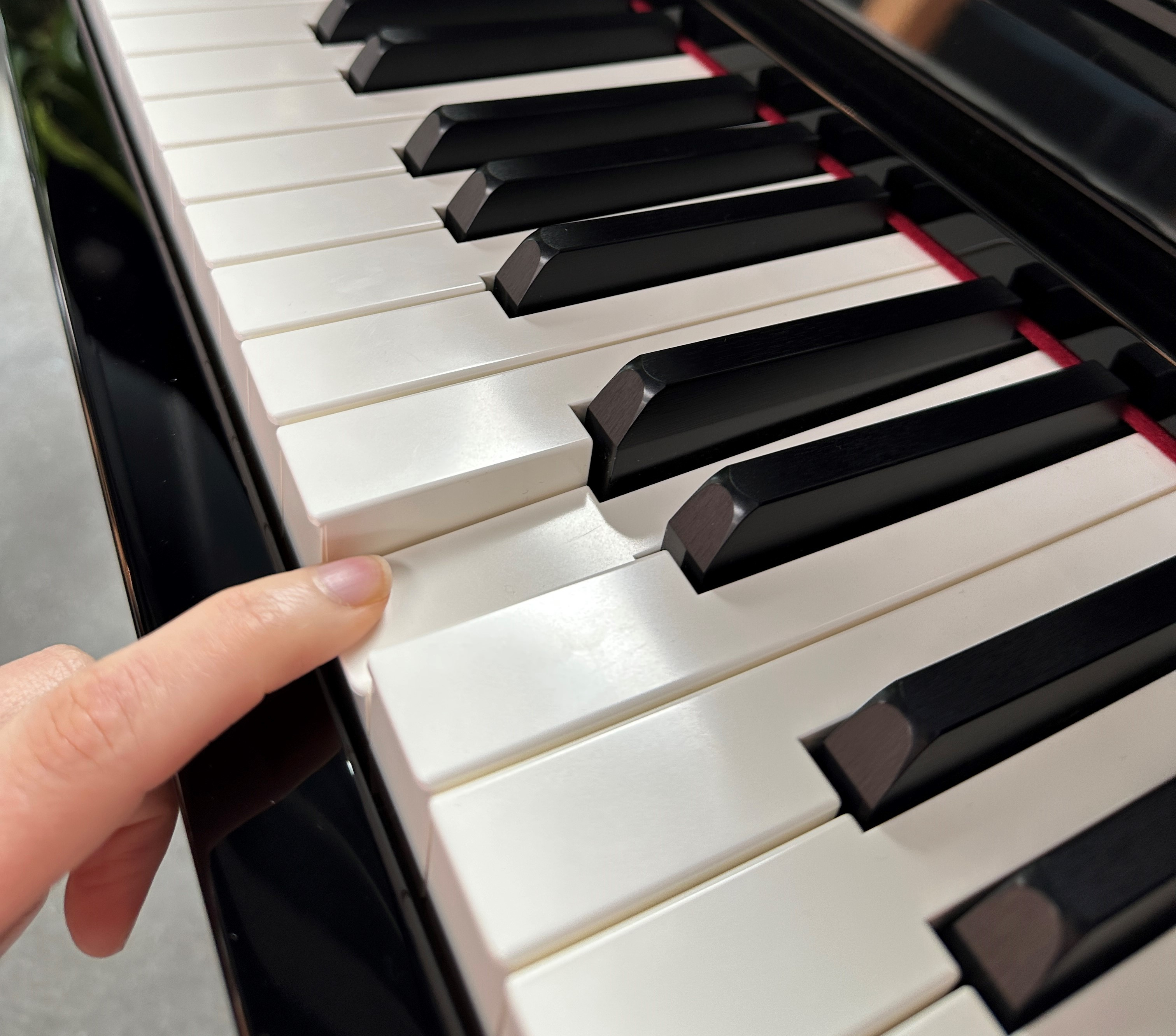
The GP-6
- The Progressive Hammer Action with Escapement, which is designed to mimic the feel of an acoustic grand piano.
- Ivory-feel keytops, which provide a tactile sensation like real ivory keys.
- 88 full weighted keys
- Hybrid wood/molded keys with Ivory Feel materials that provides a natural feel and response of a grand piano.
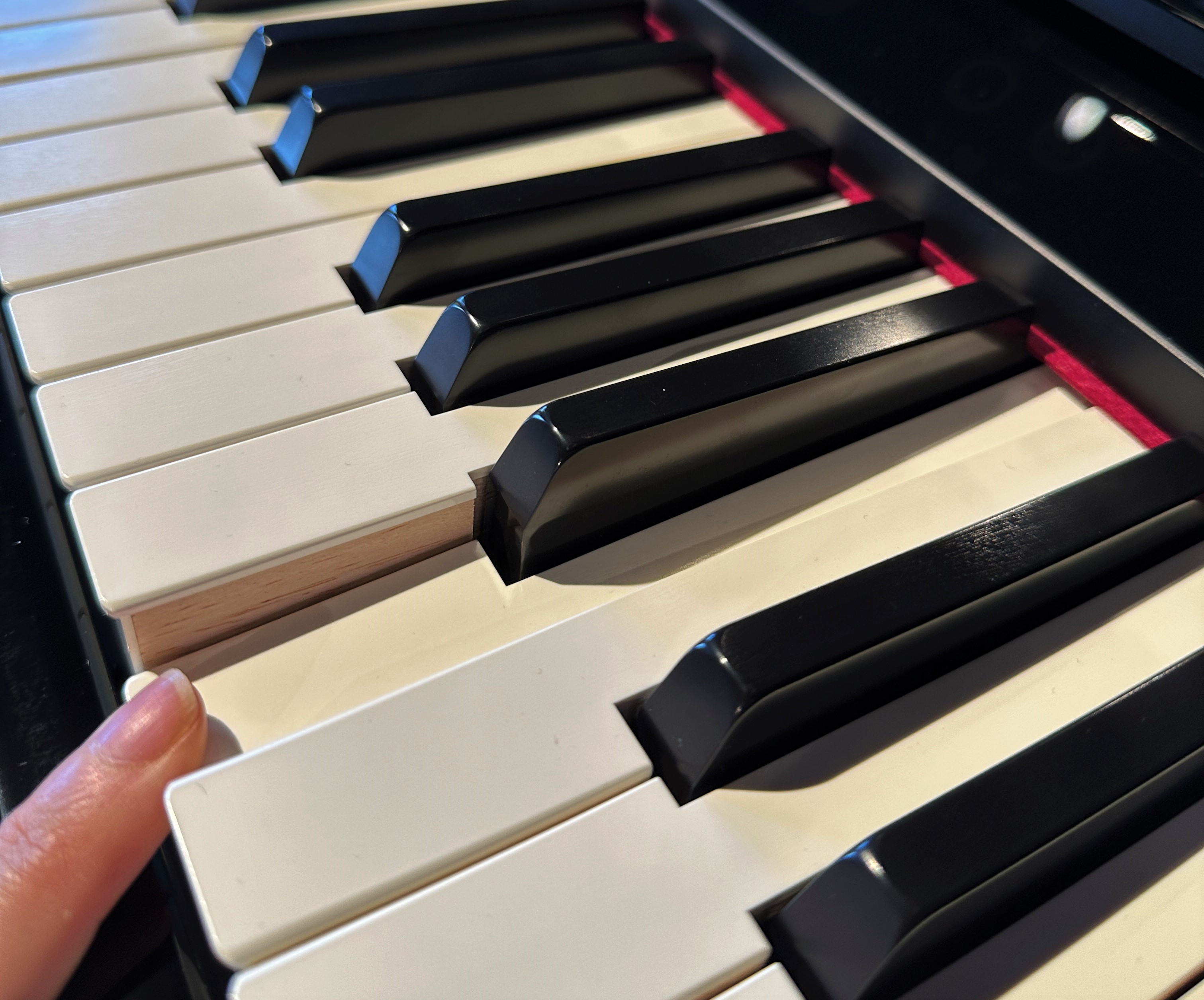
Design
Design-wise, the Yamaha CLP-765 GP has a grand piano-style lid and polished ebony finish, while the Kawai DG-30 has a flat panel design and polished ebony finish. The Roland GP-6 has a slim and stylish cabinet design that is suitable for home use and features a high-resolution LCD touchscreen display.
The Yamaha CLP-765 GP
- is designed to look like an acoustic grand piano.
- has a polished ebony finish.
- a grand piano-style lid that can be opened or closed to adjust the sound.
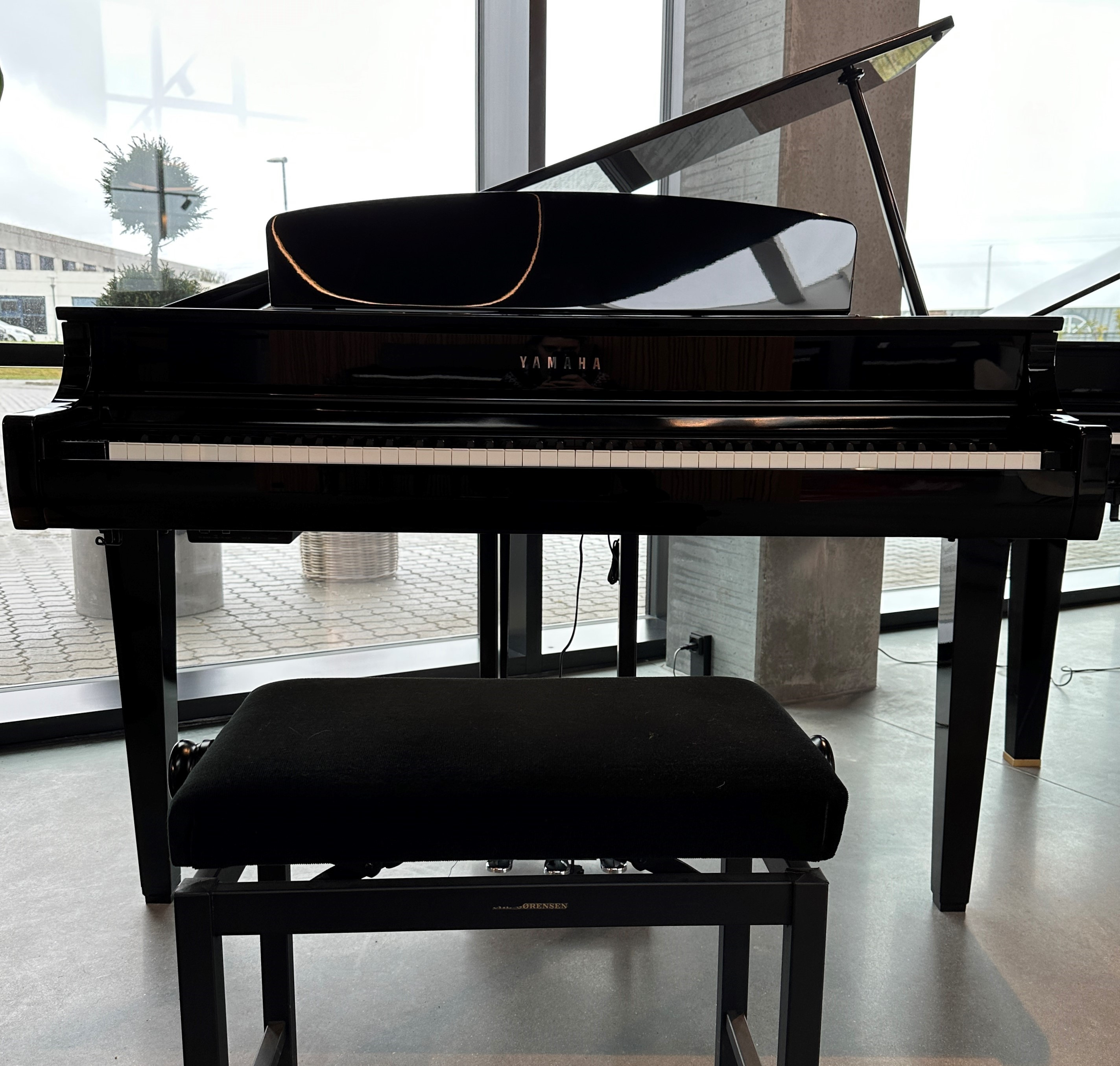
The Kawai DG-30
- has a polished ebony finish
- a more contemporary look with a flat panel design.
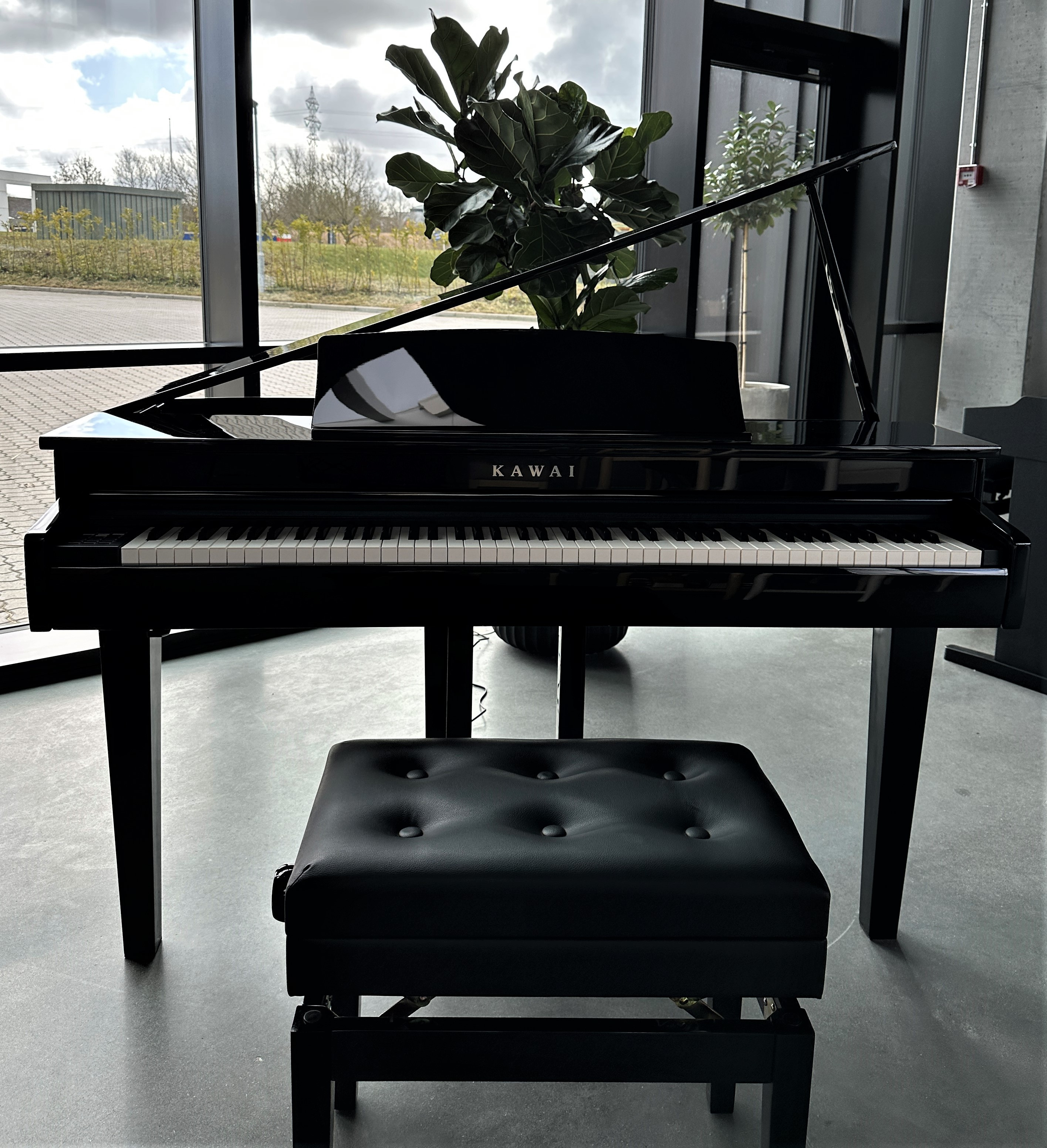
The GP-6:
- as a slim and stylish cabinet design that is suitable for home use.
- compact and lightweight, making it easy to move and set up.
- a high-resolution LCD touchscreen display that provides easy access to the piano's features and settings.
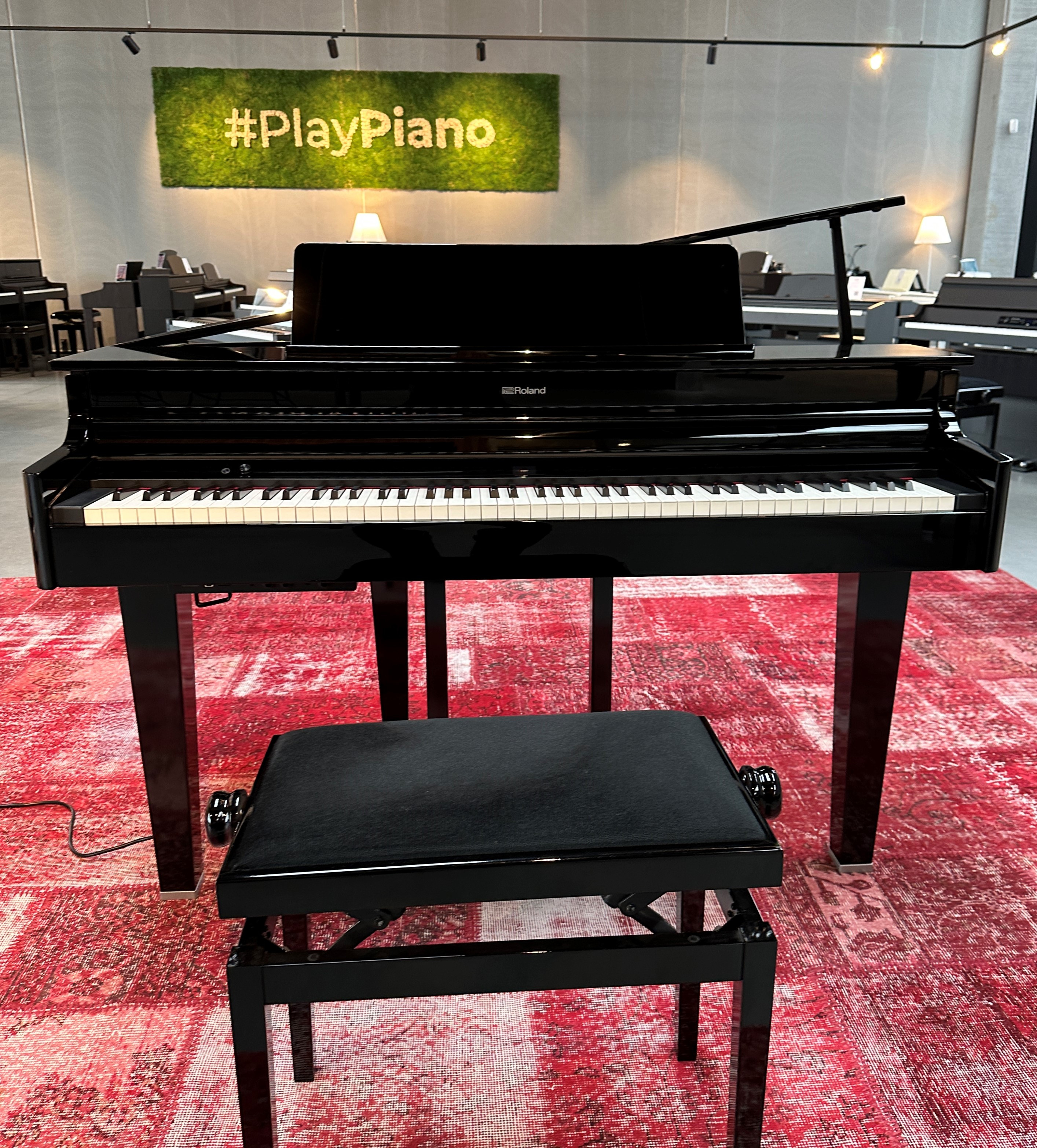
Polyphony
All three pianos offer high polyphony counts, with the Yamaha CLP-765 GP and Kawai DG-30 offering 256-note polyphony and the Roland GP-6 offering limitless polyphony for solo piano tones. This allows for complex playing without any notes dropping out or sound quality being compromised.
Pedals
All the three models features three pedals - soft, sostenuto, and damper. The pedals are constructed of high-quality materials, and offer a responsive and natural playing experience. Overall all the three models feature high-quality pedals that provide a range of useful functions for pianists of all skill levels.
Pedals of the Yamaha CLP-765 GP
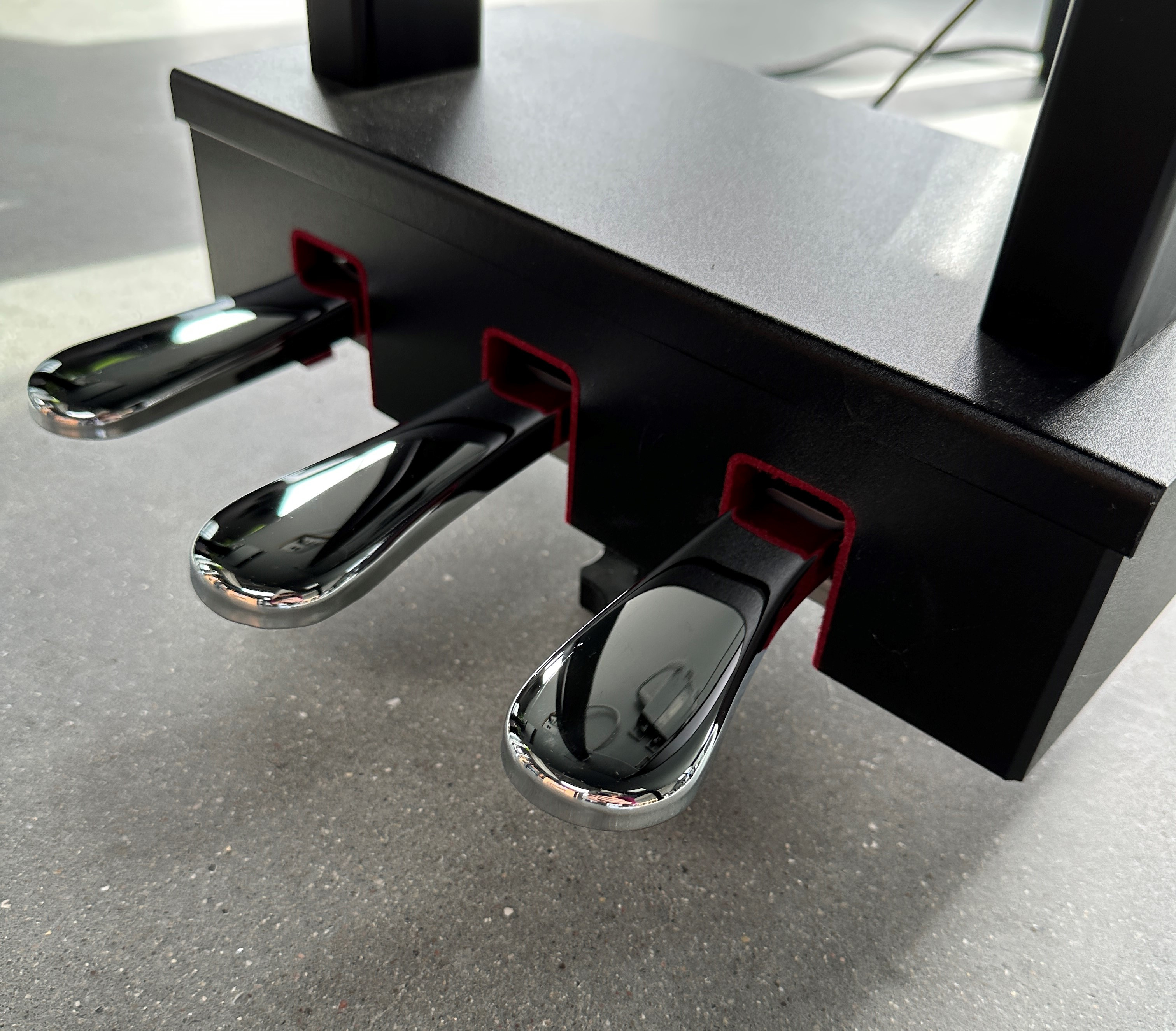
Pedals of the GP-6
Pedals of the DG-30
Controlpanel
The DG-30 has the control panel at the left side and there are many functions to choose from. The on and off button and the sounds generator is at the right of the piano.
Controlpanel of the DG-30 (placed at the left side)
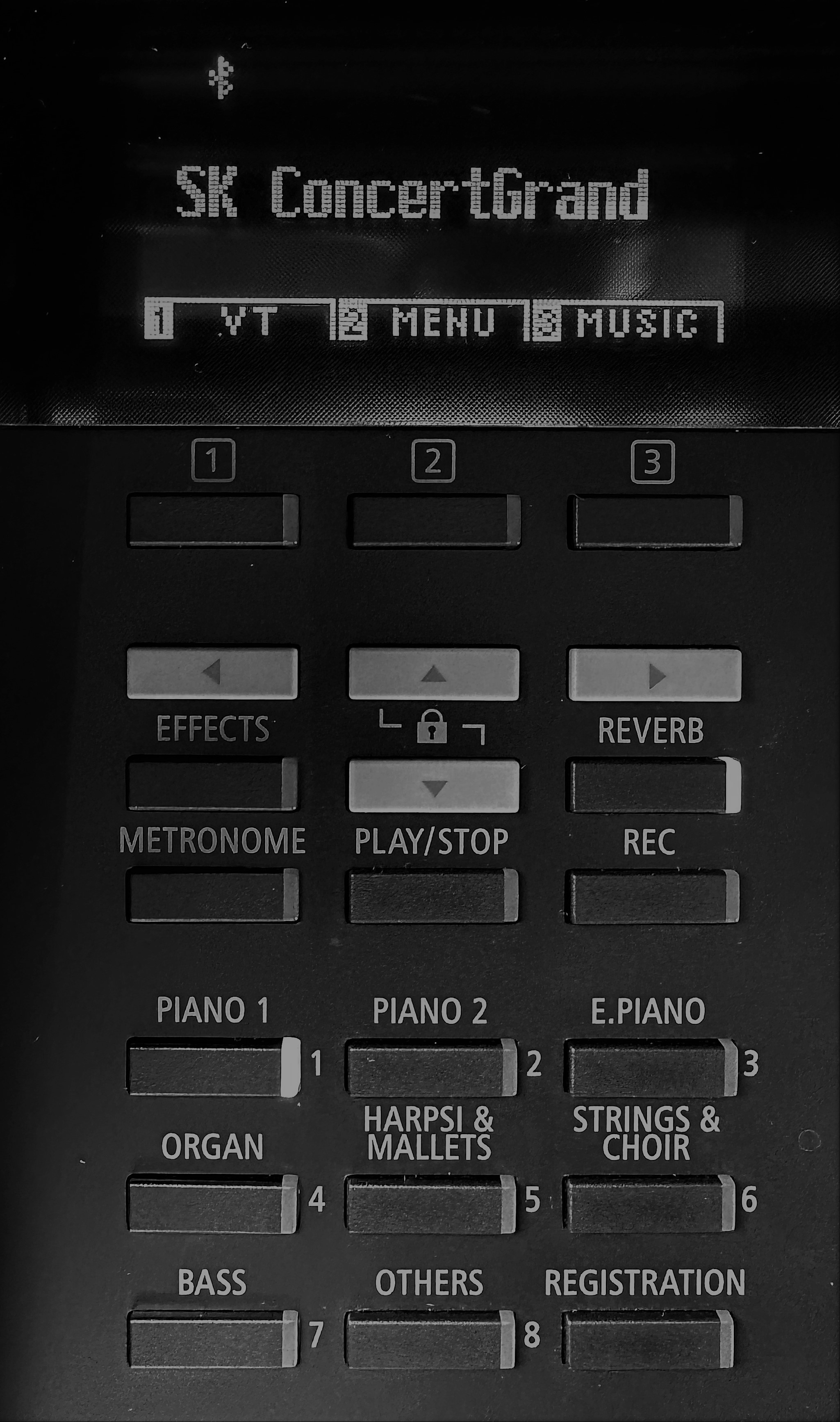
Controlpanel of the DG-30 (placed at the right side)
The Yamaha CLP-765 GP
The controlpanel has a blue display and down below are flat rounded buttons with different functions.
Controlpanel of the CLP-765 (placed at the left side)
Controlpanel of the CLP-765 (placed at the right side)
The roland GP-6
The controlpanel is placed over the keyboard. If the piano is not turned on, you are not able to see it. The controlpanel hasd a very minimalistic and modern look.
The controlpanel of the GP-6
Connectivity
the Yamaha CLP-765 GP
This piano has USB TO HOST and DEVICE port for easy connectivity with computers and mobile devices. This feature enables users to transfer MIDI data between the piano and the device, making it easy to record and playback performances and use educational apps. There is also an AUX IN connection and you have the possibility to connect your headphones. The piano has also a MIDI INPUT and OUTPUT.


The Kawai DG-30
This digital piano features a USB TO DEVICE port, which allows the piano to be connected to a USB storage device, such as a flash drive or external hard drive. This allows the user to store and transfer MIDI data, songs, and other files directly to and from the piano. The piano features also A USB TO HOST port for easy connectivity with computers and mobile devices. There is a MIDI in and out connection and you can connect your headphones.
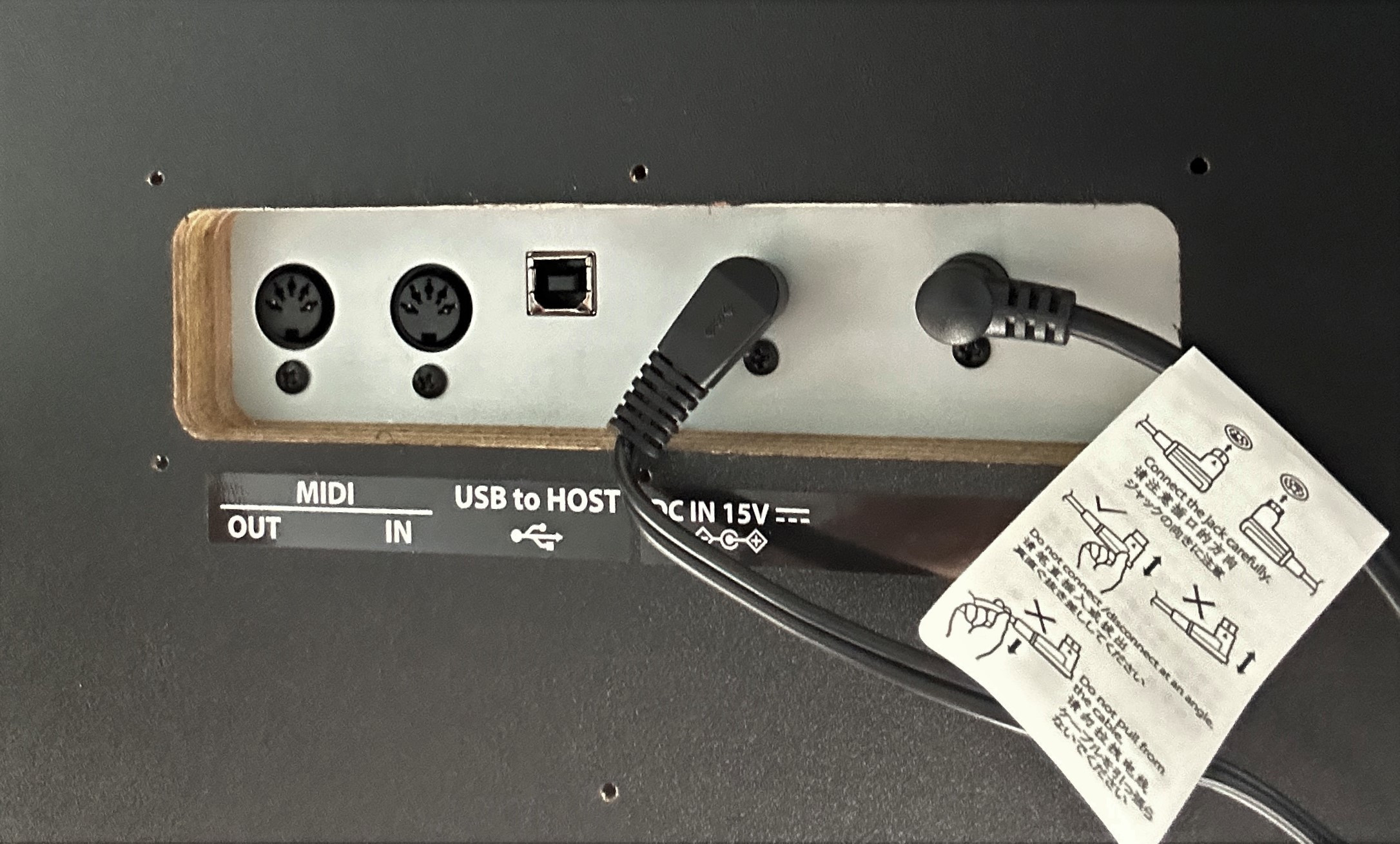
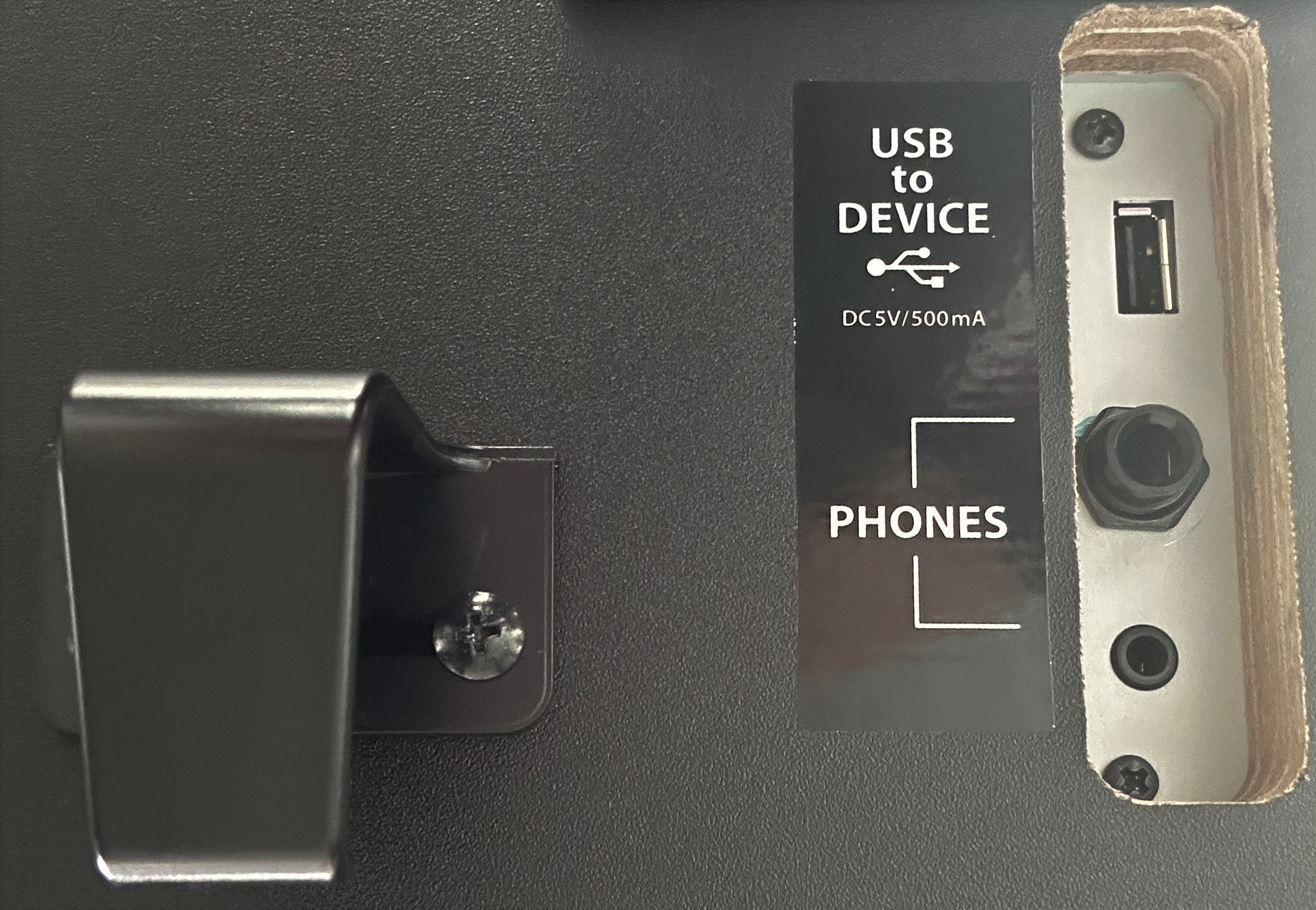
The Roland GP-6
This piano has a USB to computer and memory connection. There is also a MONO INPUT and OUTPUT connection and you have the opportunity to connect your headphones at the piano.

Features
The Yamaha CLP-765 GP has built-in Bluetooth connectivity, allowing you to connect wirelessly to your smart devices, while the Kawai DG-30 offers USB connectivity for recording and playback. The Roland GP-6 had a dual and split function and a TwinPiano mode. All the 3 pianos offer recording and playback functions, a built-in metronome, and a variety of lesson functions.
Conclusion
In summary, the Kawai DG-30, Roland GP-6, and Yamaha CLP-765 GP are high-quality digital pianos suitable for both beginners and experienced players. Their advanced technologies, graded keyboard actions, high polyphony counts, and USB connectivity make them popular choices among piano enthusiasts. Choosing between the three will depend on personal preferences, such as keyboard action feel, sound preferences, and design aesthetics. It's recommended to try all the three models before making a final decision.
We also invite you to visit our Showrooms in Aarhus, Copenhagen, Helsinki or Stockholm so you can play any of our piano models and choose the one that fits your needs the most.
You could find the locations here:
If you would like to browse even more models and types of pianos, please visit our website DigitalPiano.com



